Direct Materials Sourcing
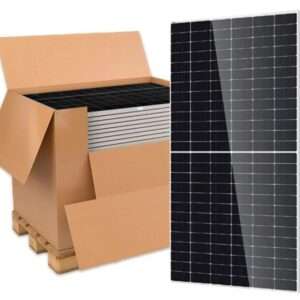
SOLAR PANELS
We specialized in providing tailored procurement solutions for businesses seeking high-quality solar panels for their projects, sourcing from well-known top manufacturers.
Monocrystalline Solar Panels
Polycrystalline Solar Panels
Thin-film Solar Panels
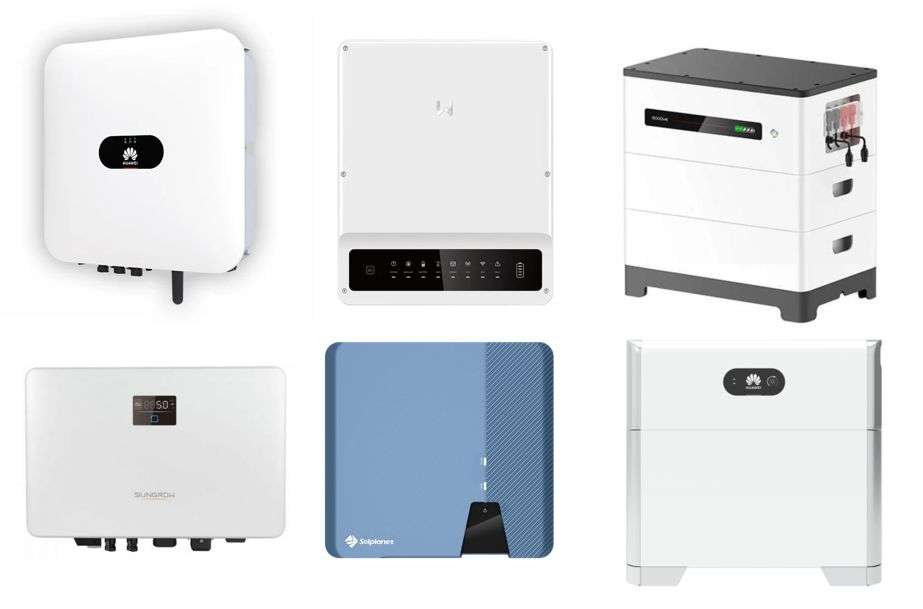
INVERTERS, SMART METERS,
BATTERIES FOR SOLAR SYSTEMS
We support solar park developers in sourcing essential components such us inverters, smart meters, data loggers, as well as batteries for solar systems.
We ensure a comprehensive approach to your renewable energy projects.
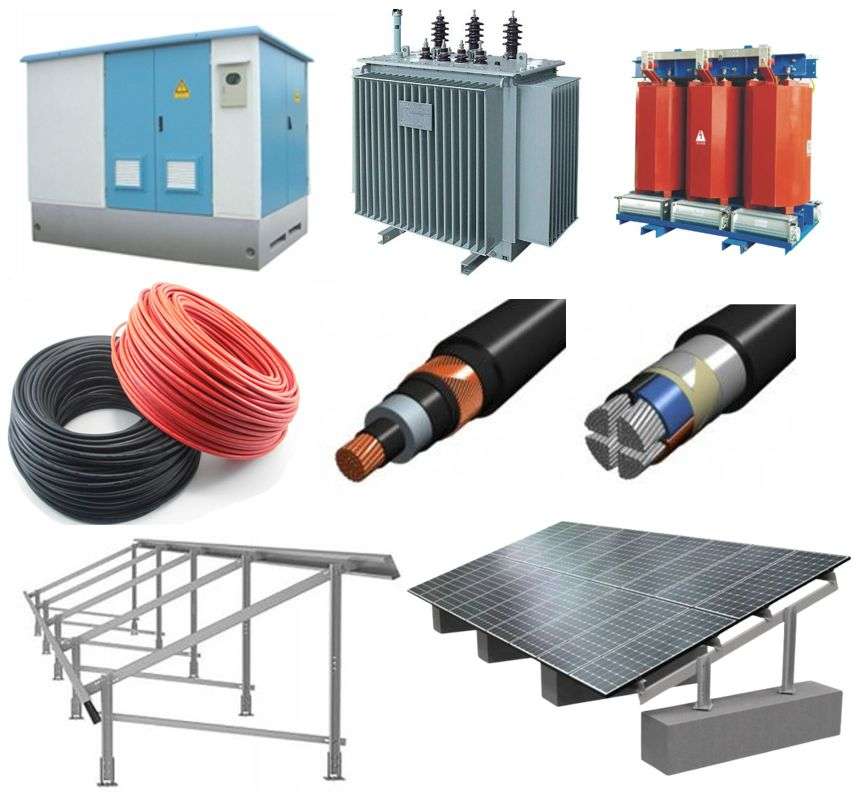
TRANSFORMERS, CABLES,
SOLAR PANELS MOUNTING SYSTEMS
Cables: Used for the wiring and connectivity of different electrical components in a solar system.
Structures/Frames: Support systems for solar panels, ensuring stability and optimal angles for sunlight capture.
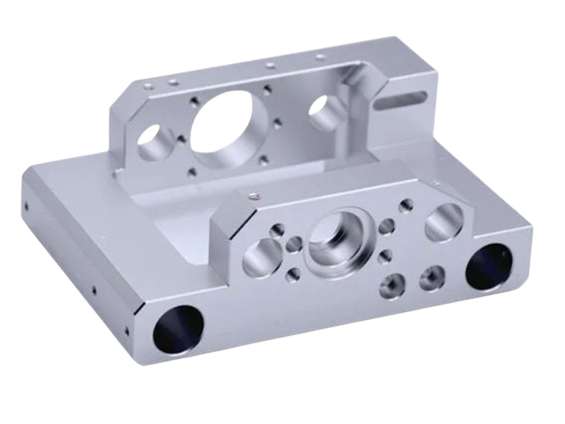
CNC MACHINING
CNC Machining is a versatile manufacturing process used in various industries to produce precision parts and components:
CNC: Milling, Drilling, Grinding, Lathes, Turning, Wire Erosion(EDM)
Materials: Stainless Steel, Chromium Steel, Aluminum, Titanium, Copper, Inconel, ABS/Composites
Surface treatment: Anodizing, Blasting, Galvanizing, Browning, Phosphating
Heat treatments: Nitriding, Carburizing, Hardening
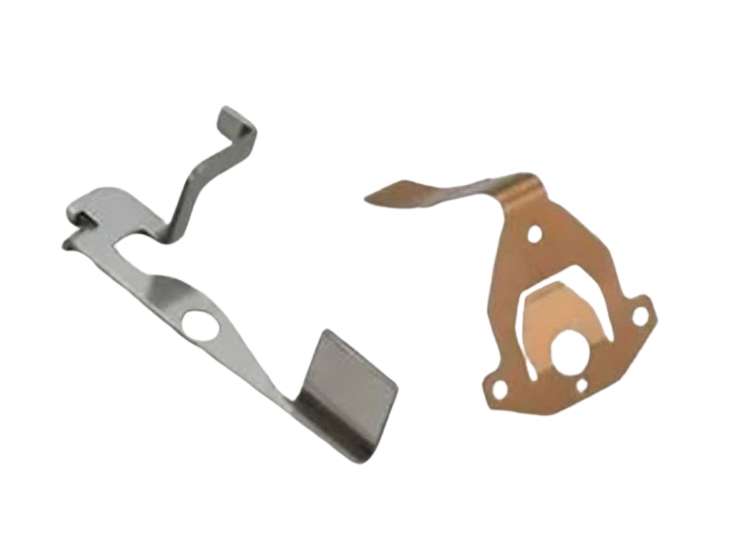
SHEET METAL STAMPING
Sheet Metal Stamping offers several advantages in manufacturing:
Cost-Efficiency: Suited for high-volume production, reducing per-part costs, minimizes material waste, optimizing material utilization
Precision and Accuracy: Allows for tight tolerances and high precision in part production, ensures repeatability and consistency across large quantities
Speed of Production: Fast production processes contribute to quick turnaround times, enables multiple operations in a single setup, streamlining production
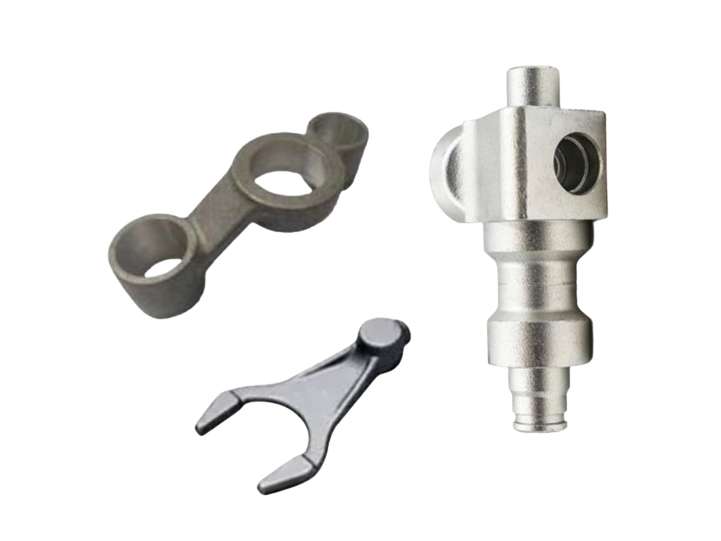
COLD FORMING
Cold forming is a metalworking process that shapes metal at room temperature without the use of heat.
Material Strength Retention: Cold forming preserves the material’s strength and hardness
Material Savings: Less material waste compared to machining, making it a more efficient and cost-effective process
Energy Efficiency: As the process is carried out at room temperature, it is more energy-efficient compared to hot forming processes that require heating
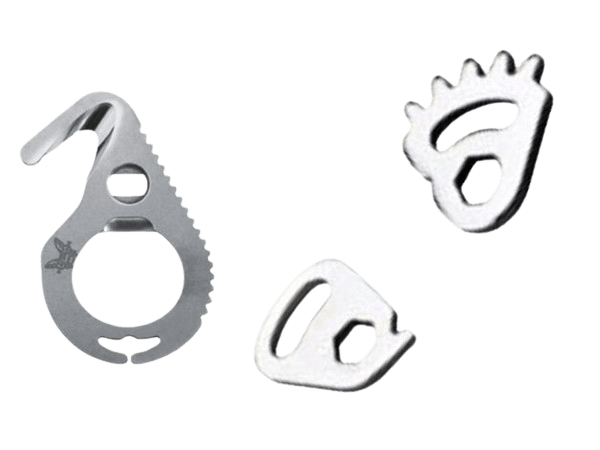
FINE BLANKING
Fine blanking is a specialized precision metal stamping process that offers several advantages for the production of high-precision components:
High Precision: Fine blanking delivers exceptional precision with tight tolerances, ensuring consistent and accurate dimensions in manufactured components
Smooth Edge Surfaces: The process produces parts with smooth, burr-free edges, eliminating the need for additional finishing steps and enhancing the overall quality of the final product
Net Shape Manufacturing: Fine blanking often achieves near-net shape components, minimizing the need for extensive secondary operations and contributing to cost efficiency in production
While fine blanking offers many advantages, it is important to consider factors such as tooling costs and setup time, especially for smaller production runs.
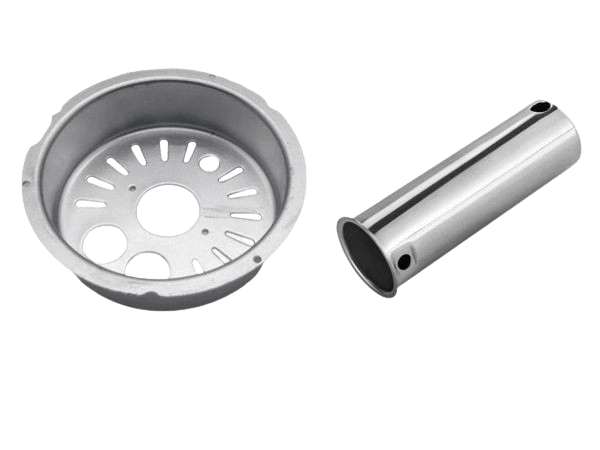
DEEP DRAWING
Deep drawing is a metal forming process used to transform flat sheets of metal, typically blanked from a coil, into three-dimensional shapes.
Cost-Effective Production: Is a cost-effective manufacturing process, especially for producing large quantities of components with consistent shapes, as it minimizes material waste and reduces the need for extensive machining
Complex Geometries: The process allows complex and intricate shapes with a single draw, making it suitable for a wide range of components, including cylindrical, box-shaped, or irregular forms
High Material Utilization: Deep drawing optimizes material usage by stretching the metal sheet into the desired shape, resulting in efficient material utilization and minimizing scrap
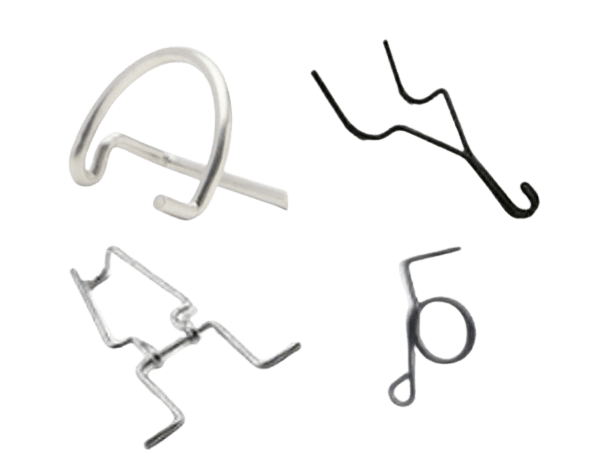
WIRE FORMING
Wire forming is commonly used to produce items such as springs, hooks, clips, and custom wire components.
Some key advantages:
Versatility: Wire forming offers versatility in creating a wide range of shapes and configurations
Precision and Consistency: Wire forming allows for precise and consistent shaping of wire, ensuring uniformity and accuracy in the produced components
Cost-Effective Production: Wire forming processes, when using CNC machinery, can be cost-effective for high-volume production, minimizing material waste and reducing labor costs
Strength and Durability: Wire-formed components often exhibit high strength and durability, making them suitable for applications where mechanical properties are crucial, such as in springs and other load-bearing elements.
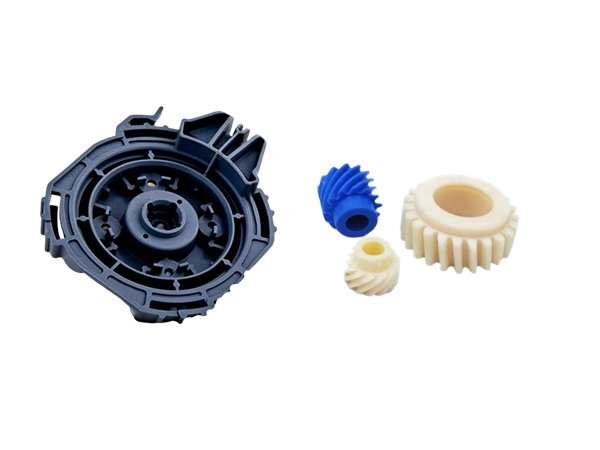
PLASTIC INJECTION MOLDING
Plastic Injection Molding involves melting plastic pellets and injecting the molten material into a mold cavity, where it solidifies to take the shape of the mold.
High Efficiency and Speed: The process is capable of high-volume production with fast cycle times, contributing to efficient and cost-effective manufacturing
Cost-Effective for Large Volumes: Once the mold is created, the cost per part decreases for large production runs, making it economically viable for high-volume manufacturing
Design Flexibility: The flexibility in mold design allows for the production of a wide variety of shapes, sizes, and textures, accommodating diverse design requirements
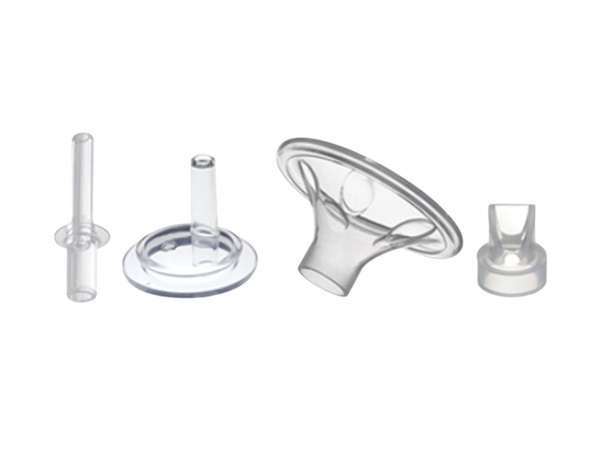
LSR MOLDING (LIQUID SILLICON RUBBER)
LSR molding is widely used in industries such as automotive, medical, electronics, and consumer goods for manufacturing components like seals, gaskets, keypads, baby bottle nipples, and medical implants.
Some key advantages:
Flexible and Durable: LSR parts exhibit flexibility, durability, and excellent thermal stability
Biocompatibility: LSR is often used in medical applications due to its biocompatibility and resistance to bacteria growth
Color and Transparency: LSR can be easily pigmented, and it can also be formulated for transparency
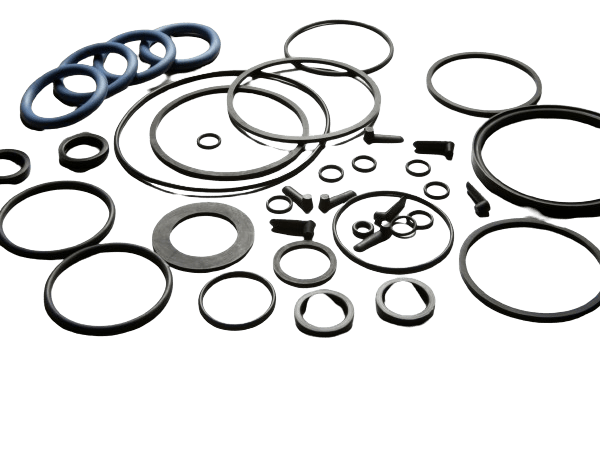
RUBBER COMPRESSION MOLDING
Rubber Compression Molding is used to produce various rubber products, including seals, gaskets, O-rings, industrial components, and parts for automotive applications.
Cost-Effective for Low Volumes: Well-suited for low to medium production volumes
Simple Tooling: Molds are typically simpler and less expensive compared to other rubber molding methods
Suitable for Large Parts: Can accommodate larger rubber components
Compression molding is suitable for manufacturing high-durometer rubber products.
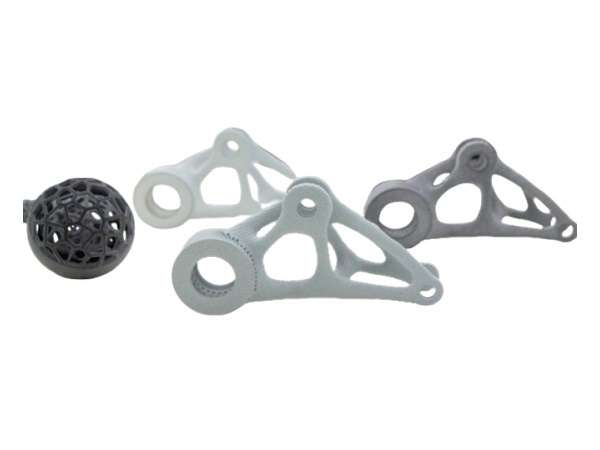
3D PRINTING
3D Printing facilitates rapid prototyping, enabling the quick and cost-effective production of prototypes for product development and design validation. This accelerates the product development cycle and reduces time to market.
Cost-Effective Low-Volume Production: While traditionally associated with prototyping, 3D printing has become increasingly viable for low-volume production. This is particularly advantageous for niche markets or customized
Complex Assemblies as Single Parts: 3D printing enables the fabrication of complex assemblies as single parts, eliminating the need for assembly of multiple components. This can reduce production costs and enhance the overall strength and integrity of the final product
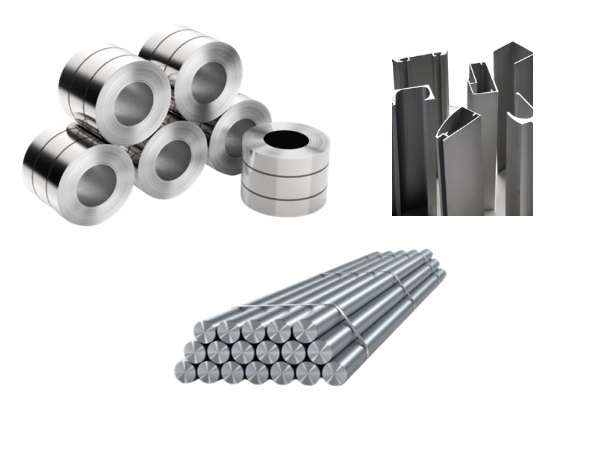
RAW MATERIALS – METAL
Effective Raw Material Sourcing is crucial for maintaining a smooth and efficient production process. It requires a strategic approach, careful supplier management, and proactive risk mitigation to ensure a reliable and cost-effective supply of materials for manufacturing operations.
Supplier Qualification: We assess potential suppliers based on reliability, quality standards, financial stability, production capacity, and geographical location
Conducting supplier audits and quality assessments will be part of the qualification process
Negotiation and Pricing: We negotiate terms with suppliers, including pricing, payment terms, delivery schedules, and any other relevant contractual terms. Establishing a mutually beneficial relationship with suppliers is crucial for long-term success
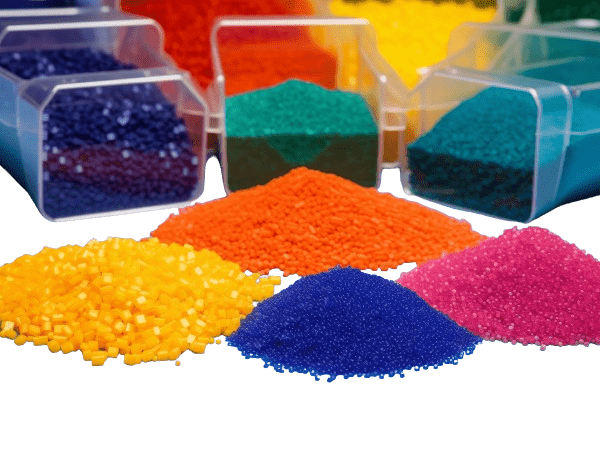
RAW MATERIALS – NON METAL
There are numerous types of Plastic Raw Materials, each with its own unique properties and characteristics. Plastics can be broadly categorized into two main groups: thermoplastics and thermosetting plastics.
Environmental and Sustainability Considerations: We consider the environmental impact of the chosen plastic materials and assess suppliers’ commitment to sustainable and environmentally friendly practices. This may involve choosing materials with recyclable properties or using recycled content
Continuous Improvement: We continuously evaluate and optimize the plastic raw material sourcing process. We stay informed about new materials, technologies, and suppliers to identify opportunities for improvement and innovation
Key advantage of Resins: Versatile, Lightweight, and Durable.

